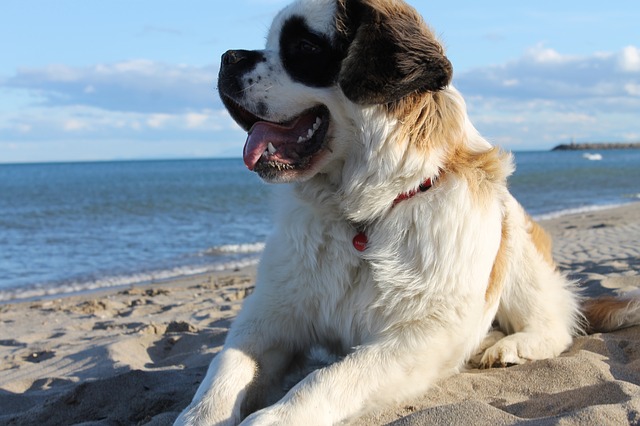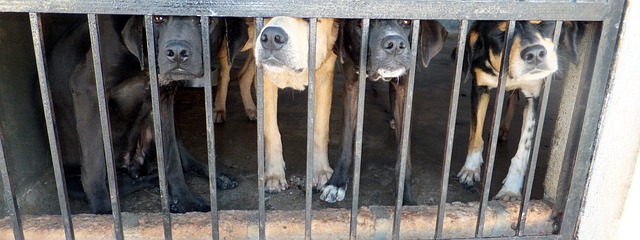Although many people erroneously believe the genetically linked skeletal malformation known as hip dysplasia is confined to large animals (human and canine), that’s not the case. Even toy breeds including Pekingese, Papillon, Pug, Shi Tzu, Shelties and others are among the small dog breeds commonly seen with the condition. This information according to a study by Larsen and Corley in 1971.

Even the tiny papillon can get hip dysplasia
Larsen and Corley surveyed ten-thousand X-rays of various breeds.
We have some shocking older statistics provided by the Australian Veterinary JournalVolume 52, Issue 12, Article. It was first published online: 10 MAR 2008 about the incidence of hip dysplasia in the 60’s and 70’s. VERY sobering data indeed.
In the U.S. 85% of X-rayed German Shepherds, 88% of Malamutes 30% of Great Danes, and an astounding 98% of Saint Bernards were found to have varying degrees of the condition. This revelation based on a minimum of 40 individuals of each reported breed.
A study by Henricson of Swedish veterinary records showed 42% of German Shepherds and 44% of Rottweilers as well as about half the Golden Retrievers and Labs were affected. Goldens and Labs are two breeds not commonly thought of as having damaged hips.

Rottweiler bitch running
Hip Dysplasia In Small Breeds
Although small breeds also suffer from the condition, studies in the U.S. found that the risk of dysplasia in giant breeds was 50 times greater than that for small or medium-sized dogs as well as 20 times greater for large breeds. This is according to the studies quoted in that Australian Journal issue.
Of course those X-rays were probably only conducted on animals suspected of having the condition, not a random selection of the population. The numbers are alarming, or should be so for breeders as well as those who love the larger breeds.
Interestingly, there did not appear to be any sex-related increase or decrease of the percentage, despite the fact that bitches are generally smaller than dogs in all breeds.

St Bernards do suffer from hip dysplasia
Can Exercise Restriction Help?
A study by Riser in 1963 showed that confining puppies in small cages – thus greatly restricting exercise greatly reduced or even prevented the development of dysplasia.
Obviously that is an unacceptable way to raise puppies, but perhaps it does suggest that giving puppies enforced rest periods, such as confinement while the owner is at work, may be highly beneficial from that viewpoint.

Restricting exercise for young dogs






Recent Comments